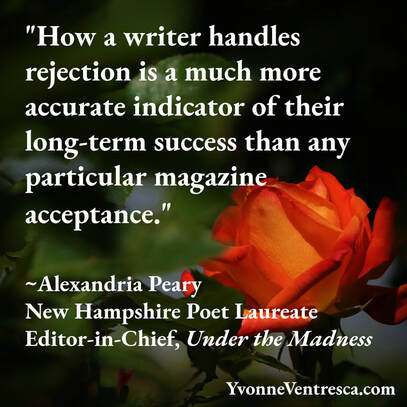
My advice would be to play tennis: keep the faith and, upon rejection, send the work out immediately, ideally that very day. Keep the energy in your hands. I maintain a log of all my submissions, with entries labeled “R” (rejection); entries labeled “W” (work that I’ve withdrawn); and entries labeled “A,” (acceptance, frequently followed by a flourish of handwritten stars). The R’s far outnumber the A’s, but that’s the nature of publication. Sure, some rejections ego-sting, but I keep in mind that there are multiple reasons for why an editorial staff returns your work—none of them are personal or a reflection on who you are as a writer. Editors become tired; editors read a huge amount and sometimes throw in the towel; editors face their own limitations when it’s a group decision or when the magazine simple doesn’t have space for your piece.
So play tennis. How a writer handles rejection is a much more accurate indicator of their long-term success than any particular magazine acceptance.
She also offers her compliments to teen writers:
You have enough hutzpah to try something many adults hesitate—you actually push that “Submit” button. I’ve met many adults who regret not taking that step of seeking out publication. You’ve already moved past many of the road barriers of self-doubt. Take good care of yourself and your creativity during your journey as a writer.

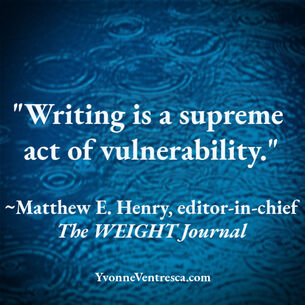
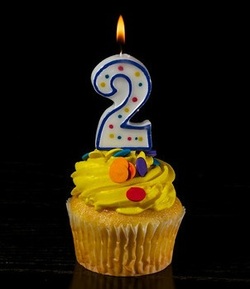
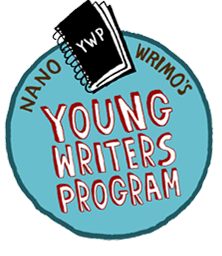


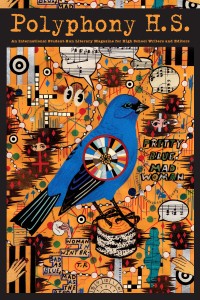
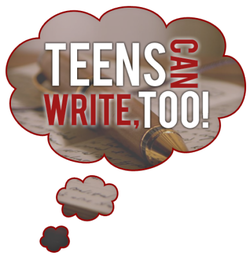
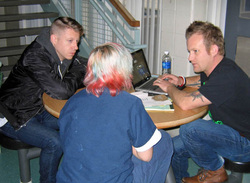






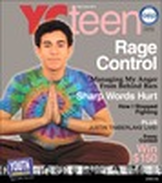




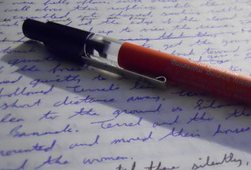
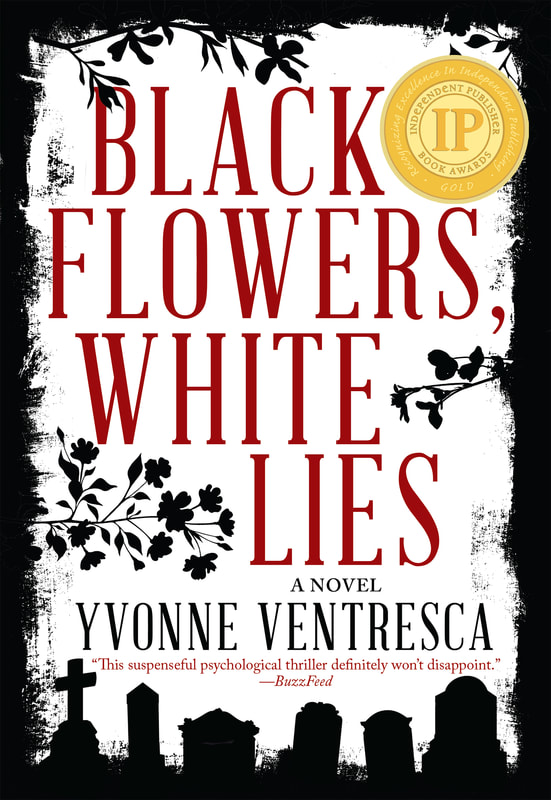

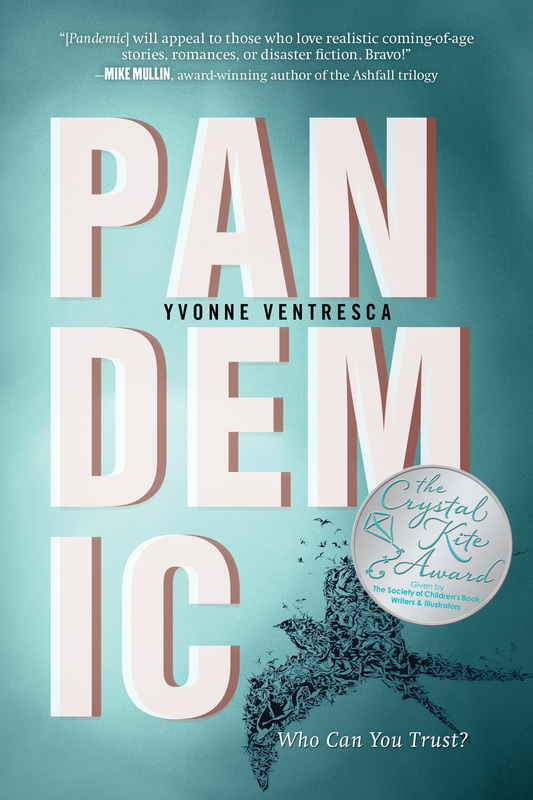
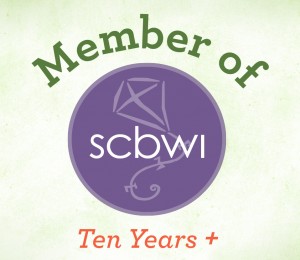


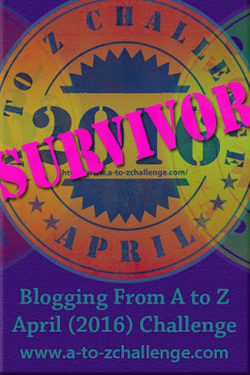
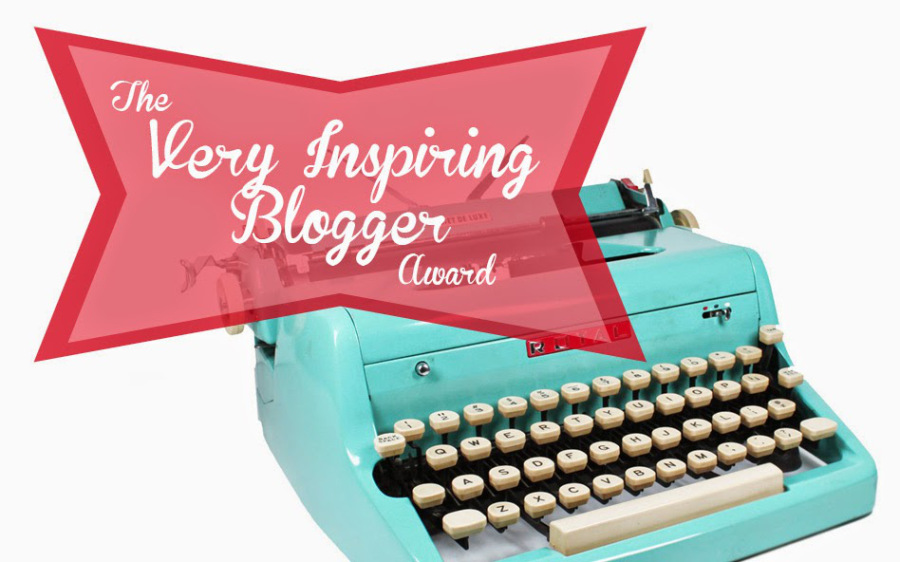
 RSS Feed
RSS Feed